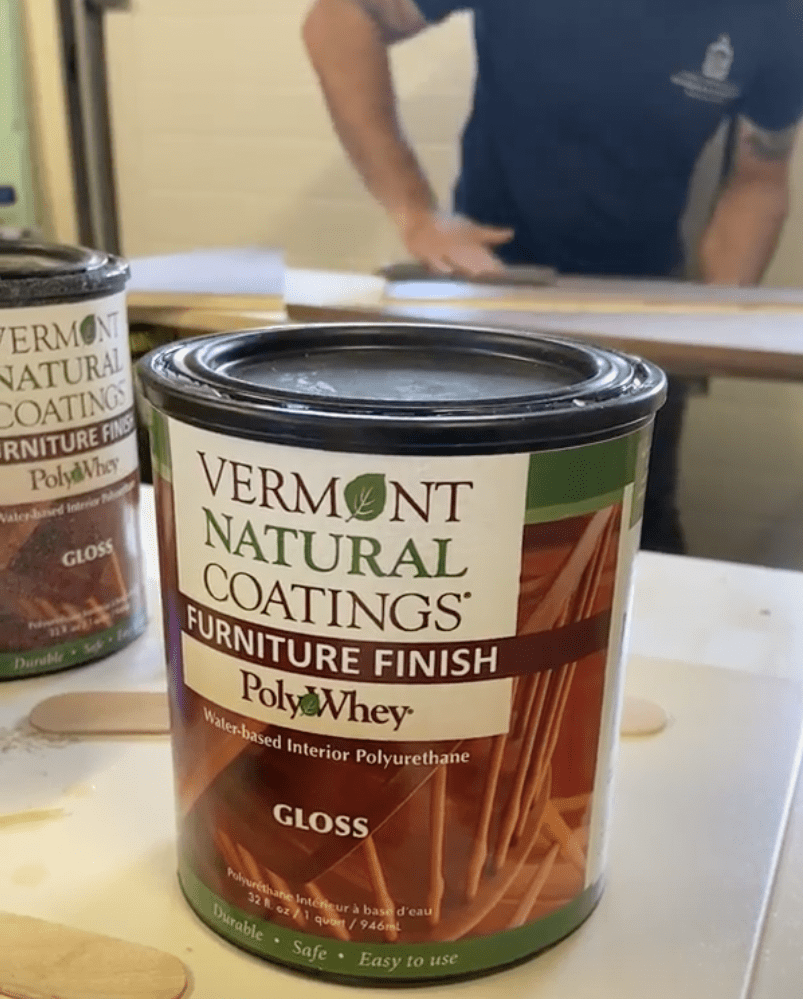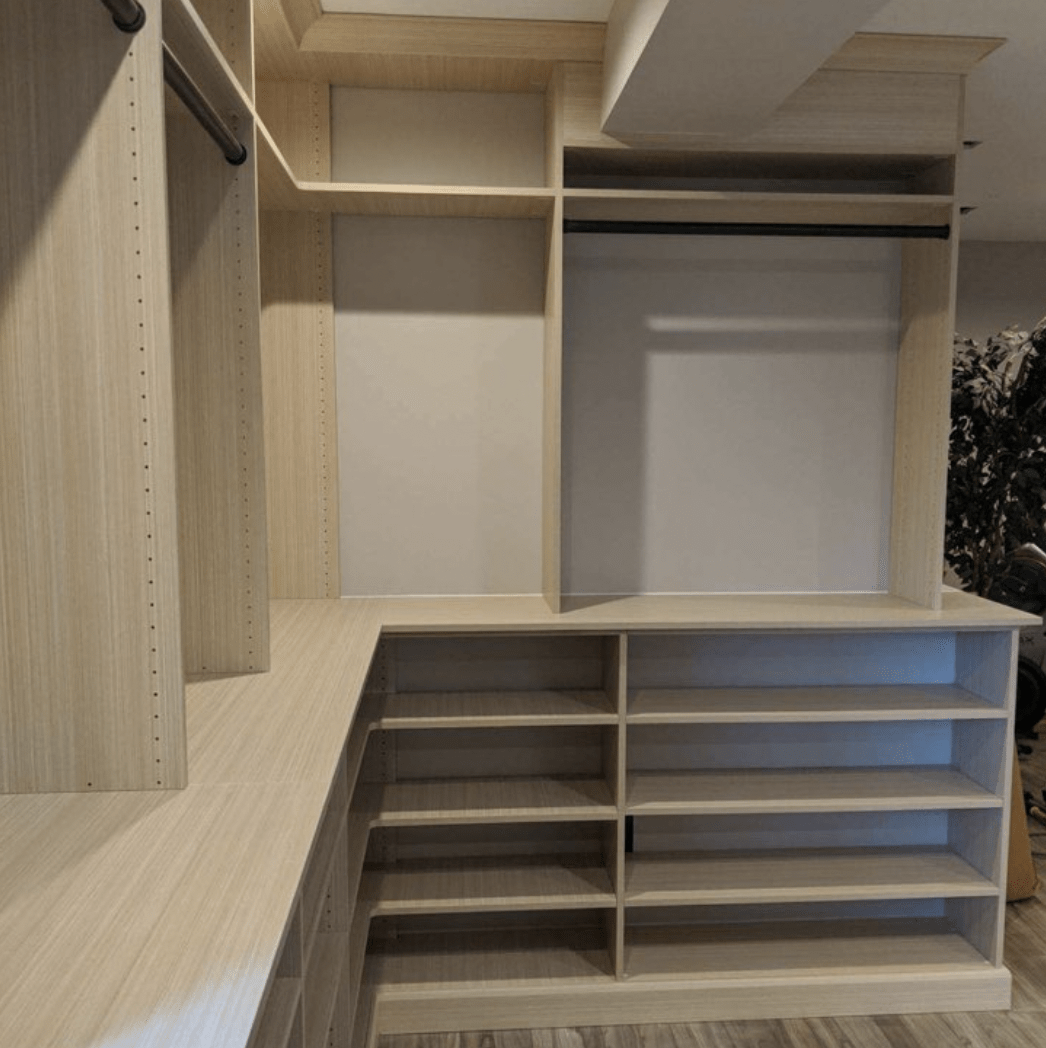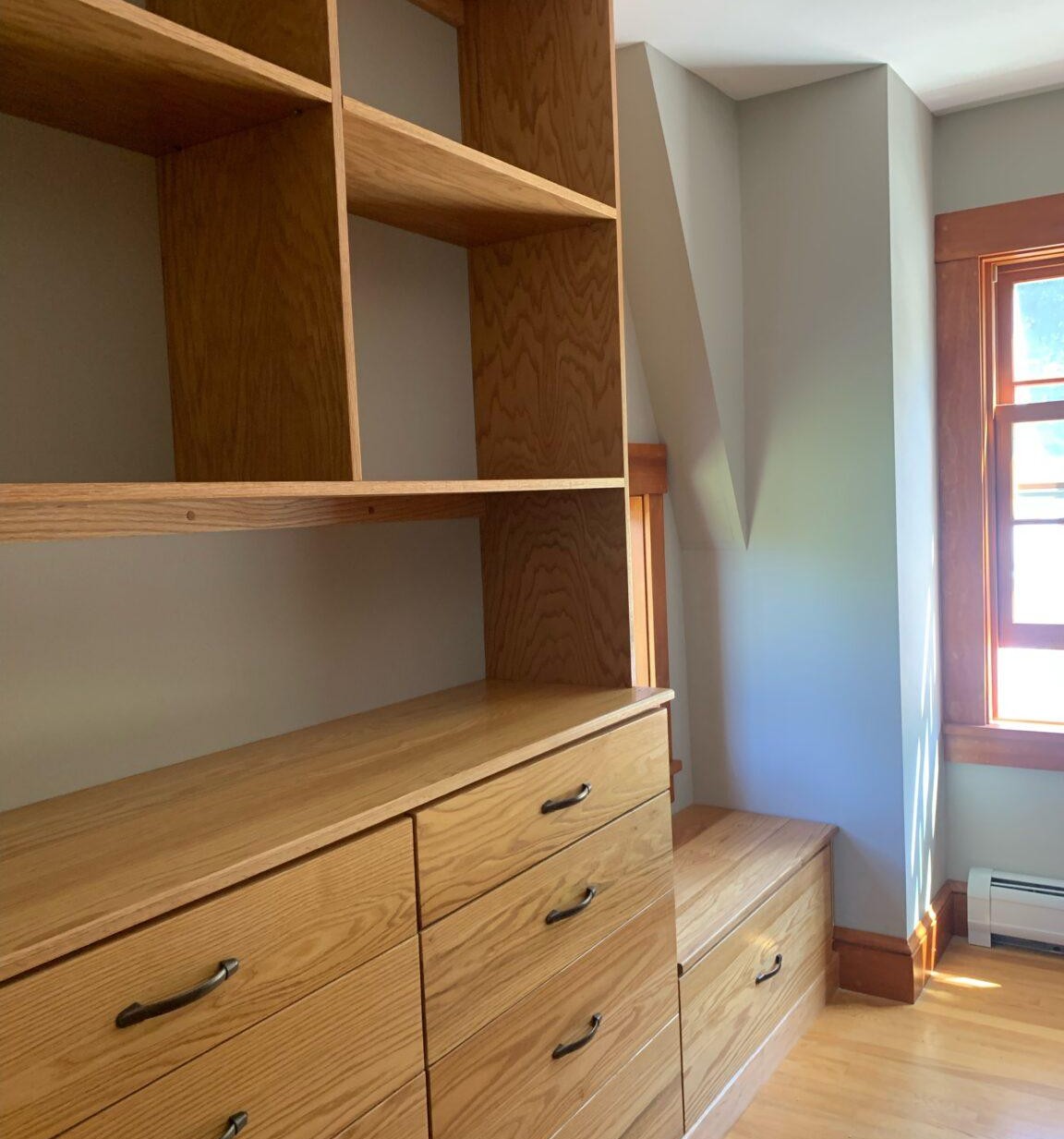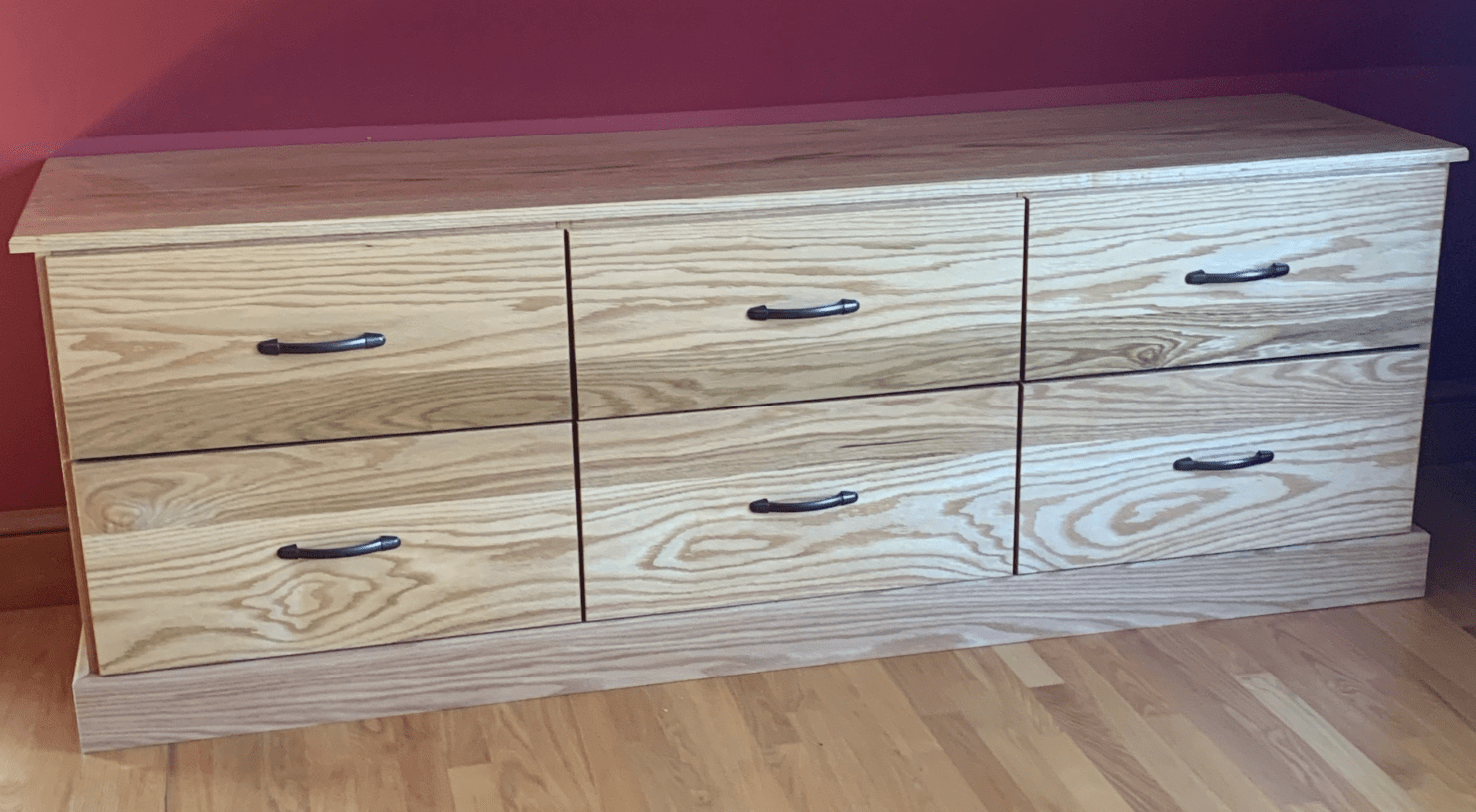How to Choose the Perfect Wood Finish

With all of the options available for finishing your wood furniture, you may find yourself asking: What is the perfect type of wood finish for me? We recognize this difficult decision, so we’re here to help guide you through your choices and explain how each one affects the look and longevity of your wood furniture project.
Know the Different Wood Finishes
When it comes to wood finishes, each type comes with its own benefits and drawbacks. Familiarizing yourself with the different choices available will help you make an informed decision and achieve the perfect look for your project.
Here are the types of finishes:
- Oil-based offers a natural look and is relatively easy to repair. However, it may not be the most durable option for protecting the wood surface.
- Water-based is environmentally friendly and dries quickly. It provides good durability and can be easily cleaned with soap and water.
- Varnishes are clear coatings that provide a protective layer on the wood surface. They come in various sheen levels, from matte to glossy, and offer good durability and resistance.
- Epoxy creates a strong and durable protective layer on the wood. It is often used for high-traffic areas or outdoor applications, as epoxy offers excellent resistance to moisture, UV rays and chemicals.
- Shellac is a natural resin derived from a beetle. It provides a beautiful, glossy finish and offers moderate protection on a wood surface. However, it is susceptible to damage from alcohol and may require periodic reapplication.
- Lacquer is a solvent-based finish that dries quickly to form a hard and durable coating. It provides excellent protection against moisture, scratches and heat. Lacquer finishes are commonly used in furniture and cabinetry.
- Polyurethane provides a strong and durable protective layer on the wood. It is available in both oil-based and water-based options. Polyurethane finishes offer excellent resistance to scratches, moisture and chemicals but require more expertise to apply evenly.
Understanding the properties of each type of finish will give you a better idea of what to expect and how they will perform over time. Ultimately, the right finish for your wooden furniture depends on your personal preferences, the type of wood being used and your desired level of protection and shine.
Consider the Type of Wood

The wood used in a progject can greatly affect the overall finish and appearance of the final product. For instance, some types of wood are very porous and may require additional work to get a smooth finish, while others are more forgiving and will not require as much effort.
Here are a few common kinds of wood and what finishes work best with each:
- Pine: oil-based or water-based finishes are the best options for pine, as they enhance the natural beauty of the wood.
- Cherry: lacquer or oil-based finishes bring out the rich color and grain of cherry wood.
- Cedar: lacquer is a great choice for cedar due to its weather-resistant properties.
- Teak: varnish is ideal for teak as it offers enhanced protection against sun and water damage.
- Maple: oil-based finishes work well with maple as they help to highlight the wood’s natural grain.
- Mahogany: shellac is well-suited for mahogany as it produces a beautiful, high-gloss finish.
The wood you choose will affect the color of your finish, so the two are going to have to work together.
Think About Wood Protection

Protecting your wood surface with a finish is crucial for longevity and appeal. Oil-based polyurethane, shellac and epoxy can be on the costly side, but provide excellent protection against scratches, spills and other potential damages. Meanwhile, lacquer, varnishes and water-based polyurethane are more affordable but may require regular reapplication to maintain their effectiveness.
Choose a finish that aligns with your needs and maintenance expectations to ensure your wood furniture stays in the best possible condition.
Evaluate Your Space
Decide on a finish based on the climate and environment of your home, as well as the aesthetics so you can match your finish to your space. Your home is a reflection of your personal style and taste, and the finish adds to that.
Think about the amount of natural light that flows through your rooms, the colors in your decor and the overall style you’re trying to achieve. Extreme temperature changes, humidity and exposure to the elements can all affect the durability and appearance of different finishes. By carefully coordinating your finish with all of these factors, you’ll be able to create a space that feels cohesive and inviting.
Get Creative With Color and Texture
Whether you’re looking for something bright and bold or subtle and calming, selecting the right color finish is crucial. By layering varying finishes, you can also produce stunning and unconventional color palettes.
Another key consideration is texture, as this can add depth and dimension to a room. From glossy and smooth to rough and weathered, the texture of a finish can completely transform the vibe of a space. Ultimately, understanding your specific needs and preferences is the first step in choosing the ideal finish.
Select the Right Application Method
Achieving a quality finish on your woodworking project requires careful consideration of the application method you choose. By selecting the right application method for your wood, you’ll ensure a finish that accentuates the unique characteristics of the wood.
Here are the different reasons you might choose each application method:
- Brushing: detailed work and narrow surfaces
- Spraying: large areas and intricate designs
- Dipping: small, uniform pieces
- Wiping: woods that tend to absorb finishes quickly
- Pouring: flat surfaces
With these tips in mind, you can confidently navigate the world of wood finishes and create beautiful wood furniture.
Remember Maintenance

When weighing your options, it’s important to consider the maintenance requirements of each one. Think about how much time and energy you’re willing to devote to upkeep. Do you have the resources to complete regular maintenance tasks and repairs yourself, or would you need to hire a professional?
Keep in mind that neglecting maintenance can lead to more costly repairs down the road. Take into account your own skills and preferences, and be realistic about what you can handle. By carefully considering maintenance requirements, you’ll be able to choose a finish option that fits your lifestyle and budget.
Experiment With Different Finishes
The best way to determine the perfect finish for your project is to experiment with different options. Test out various finishes on scrap pieces of wood or in less noticeable areas of the finished product before committing to one type.
With so many options to choose from, the perfect wood finish for your home improvement project is only a few decisions away. If you would like help with finding the right finish, as well as any custom building needs you might have, please reach out with questions or for a complimentary consultation.